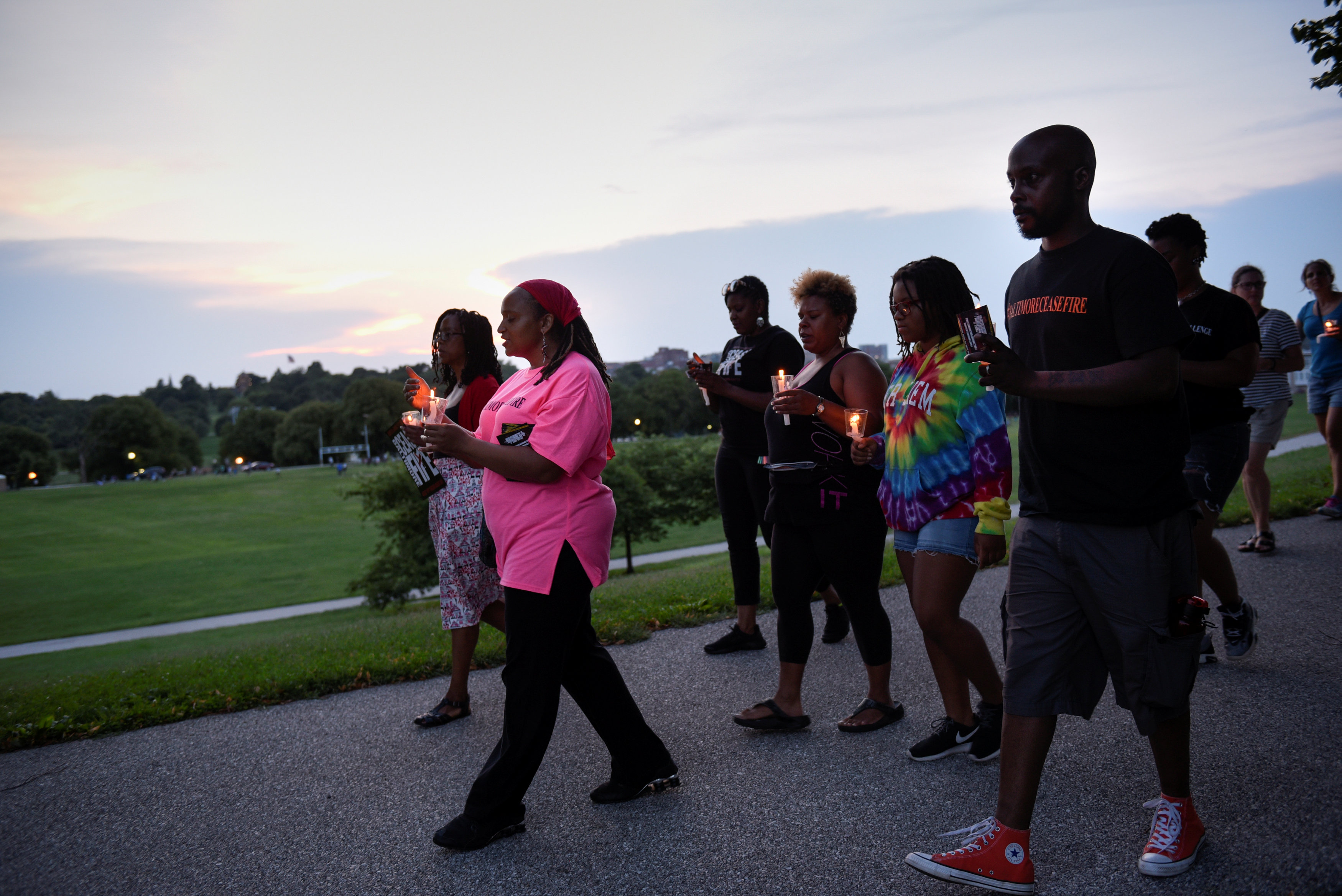
MANILA (Reuters) – Philippine President Rodrigo Duterte on Friday ruled out a resumption of stalled peace talks with communist rebels if they do not stop guerrilla attacks, two days after lawmakers ousted the last leftist from his cabinet.
An angry Duterte in May ordered the scrapping of formal peace talks with the Communist Party of the Philippines (CPP) after the military said fighters from the CPP’s military wing, the New People’s Army, stepped up offensives in the countryside.
“There will be no talks until you declare a ceasefire, period,” he said in a speech in his home city of Davao. “And if you say you want another war, be my guest.”
Duterte gave two cabinet positions to left-wing activists recommended by the CPP when he assumed power last year to show his commitment to ending nearly five decades of conflict, in which more than 40,000 people have been killed.
The legislature’s Commission on Appointments on Wednesday rejected the appointment of leftist Rafael Mariano as agrarian reform minister.
Mariano’s exit came less than a month after the same panel ousted Judy Taguiwalo, another leftist, as social welfare minister, in what some commentators say is a move by Duterte’s allies to punish the CPP.
But Duterte’s office in both cases expressed disappointment the ministers had not been approved. In the Philippines, all ministers must be approved by the house panel, but the process can take more than a year.
The president is furious about repeated attacks by the communist rebels who, he said, have killed many soldiers and police.
He is also angered by what he sees as duplicity by the CPP’s exiled political leaders, to whom he says he has made many concessions and has shown good faith by making the peace process a top priority for his administration.
The rebels’ chief negotiator, Luis Jalandoni, has said the government’s demand to stop guerrilla attacks is “ridiculous” because soldiers are attacking villages where rebels are based.
(Reporting by Enrico dela Cruz; Editing by Nick Macfie)









